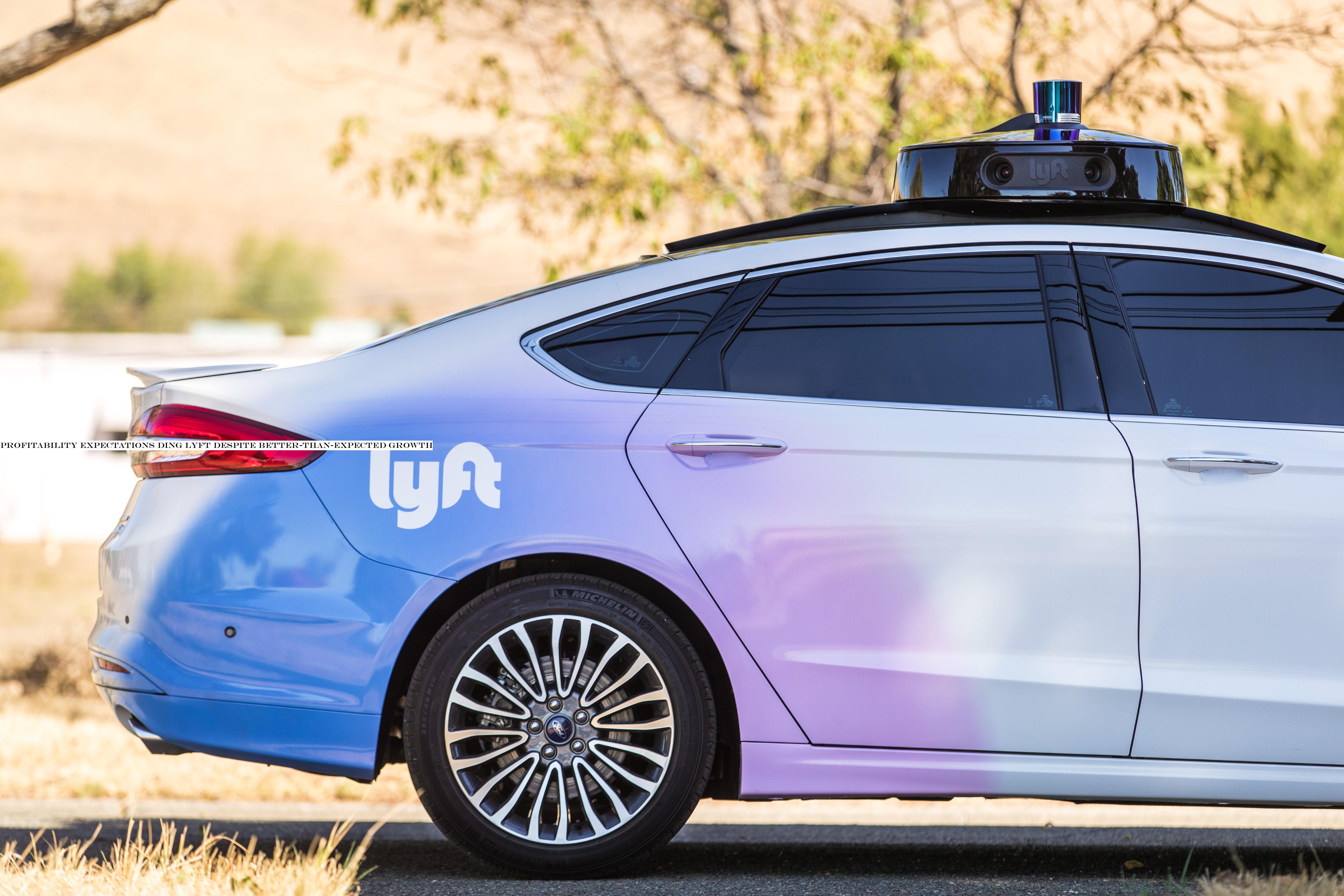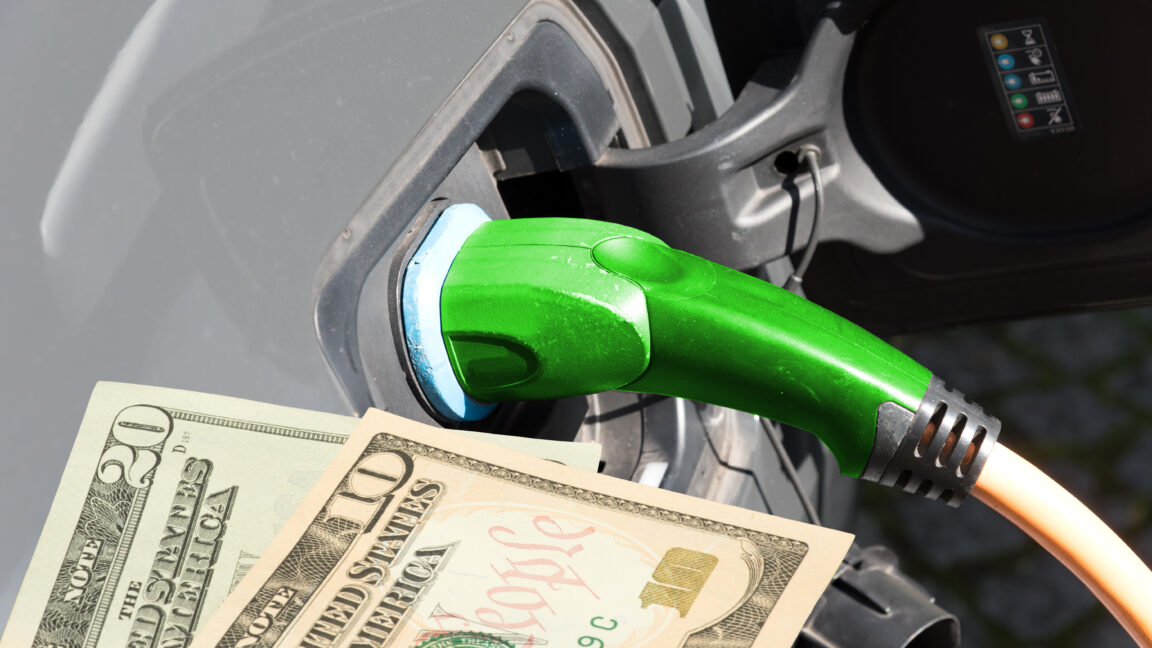
The market has tightened expectations for ride-hailing companiesHello and welcome back to our regular look at private companies, public markets and the gray space in between.This afternoon were digging into Lyfts earnings results, unpacking the companys performance, the markets expectations and why shares in the American ride-hailing giant are off in after-hours trading.Lyfts earnings following Ubers own results that promised investors a quicker-than-anticipated path to (adjusted) profits and the markets reaction to its performance, provide a good frame for evaluating investors appetite for profits against growth.
Its a topic thats important for startup founders and private-market investors alike.Our investigation today is contentedly straightforward.
Well start with the big numbers, drill into comparative performance and then weigh what the market is telling us.Lyfts key Q4 2019 resultsIn the fourth quarter of 2019, Lyfts revenue came in at $1.017 billion, a gain of 52% compared to its year-ago result of $669.5 million.
Sticking to the growth side of things, the companys active rider count rose from 18.59 million to 22.91 million from Q4 2018 to Q4 2019, a gain of 23%.
Lyfts active riders also spent 23% more year-over-year, reaching $44.40 in the final quarter of last year.Turning to losses, Lyfts net loss (a metric that includes all costs) was $356.0 million in the quarter, a sharply worse result than its $248.9 million net loss in Q4 2018.
The companys adjusted net loss, however, was $121.4 million, an improvement from its year-ago $238.5 million adjusted net loss.Turning to adjusted EBITDA, aheavily adjusted profit metric, Lyft lost $130.7 million in Q4 2019, an improvement on its Q4 2018 adjusted EBITDA loss of $251.1 million.Investors had expected Lyft to report just $985.8 million in revenue and an adjusted EBITDA loss of $163.2 million.
The street had also anticipated 100,000 fewer active riders and slightly slimmer revenue per active rider.
So, Lyft beat expectations regarding growth, user count and health and for adjusted losses.And yet Lyfts shares are off over 4% in after-hours trading.
While Lyfts stock has recovered from lows set in October, 2019, the companys equity is now more than $20 down from its IPO price, taking into account its post-earnings movement.Why Lyfts stock should fall after beating expectations and not changing its profit forecast might appear a bit confusing.
Its not.Damn you, Uber

 5
5















